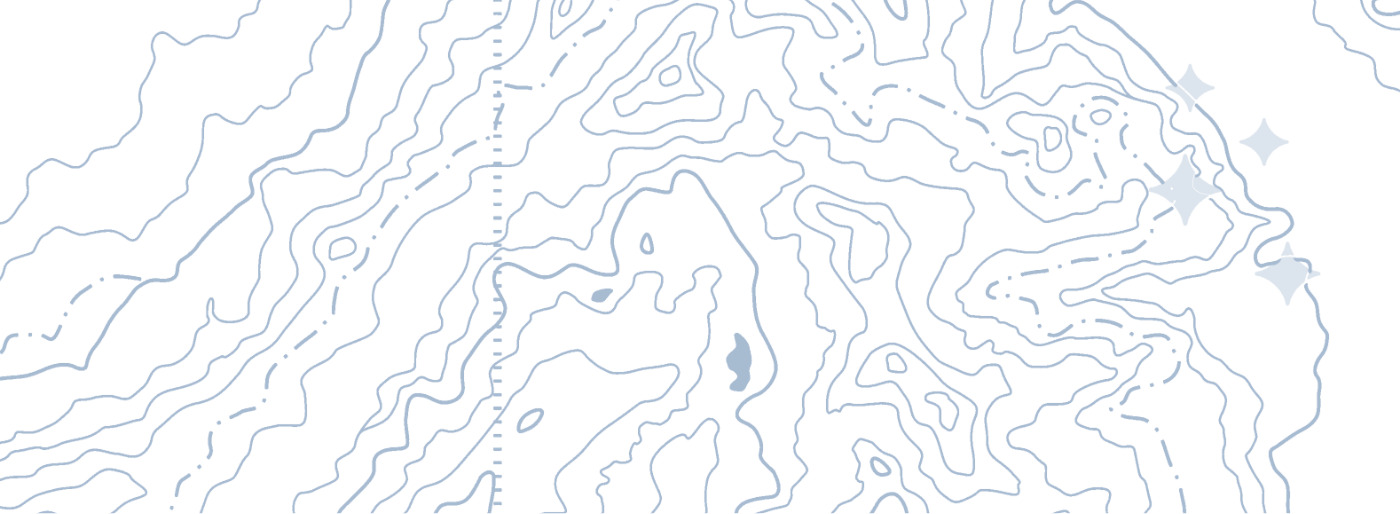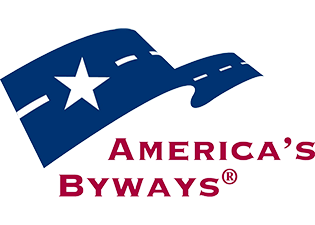Fall Elk Rut

The elk rut begins around the time of the autumnal equinox in mid-September, and lasts a month. During this time, male elk, called bulls, will challenge each other for the privilege of mating with the females, or cows, in the harem.
Bulls become aggressive and warn the other bulls to stay away from their harem. They “bugle” which is a high-pitched whistle that often ends with grunts. They also charge at each other with heads down and use the strength of their powerful necks and shoulders to lock antlers and fight, until the strongest bull moves the weaker one away from the herd. This proves his prowess, and earns him the right to pass his genes to the next generation. These fights occasionally end in damage to antlers or cuts and gouges, but a fight to the death is not common.

A harem can be as small as 3 or 4 cows, or as many as 25, and during the rut adolescent males form “bachelor” groups, and stay close to the harem, while the older bulls fight for supremacy. Elk are social animals, and during spring, summer and winter, the bulls and bachelors will stay together in a group, but separate from the cows and their yearling calves.
Bulls shed their antlers every winter, and in spring begin to grow new ones under a soft covering called velvet. Elk antlers can grow an inch every day! In August the blood stops flowing through the velvet and peels off the now hardened calcium and phosphorus antler.
Elk have thick bodies, short tails, and long legs. An adult bull weighs about 700 pounds and stands nearly 5 feet tall at the shoulder. Their color is distinctive, light brown bodies, with dark hair on the neck, and a buff colored rump.

Two sub-species of elk live in Washington state - Roosevelt Elk, named after President Theodore Roosevelt, live on the Olympic Peninsula. The elk that live in the mountain ranges and shrubsteppe of eastern Washington are Rocky Mountain elk, which can be seen regularly in several places near and along the Cascade Loop Scenic Highway. According to the Washington State Department of Fish and Wildlife, the herd found in the Skagit Valley is called the North Cascades or Nooksack herd. It is comprised of approximately 1200 elk living between Lyman and Concrete, several hundred head live south of the Skagit River between Sedro-Woolley and Marblemount and about 100 head live within the Sauk River Valley south of Rockport. It is very common to see the Nooksack herd when you are traveling Highway 20 near Lyman and Hamilton – drive with caution!
Hurn Field on Highway 20, (three miles west of Concrete) is a designated wildlife area overlooking a meadow and slough where the Nooksack herd likes to spend time during the winter and spring.
The Colockum herd of nearly 6500 elk live in the mountains between Wenatchee and Ellensburg in Kittitas County. A segment of this herd is often seen along Colockum Road, southwest of Wenatchee. They travel early in the day (often before sunrise) and late in the day, crossing the roadway to water at the Columbia River.

Rocky Mountain bull elk antlers are the largest of the species, and can weigh 40 pounds!
For a treat during the winter, plan a short trip off the Cascade Loop to Yakima in Kittitas County, where they have two Elk Feeding stations. From mid-December until mid-March hay is distributed daily at two feed sites, which provide popular elk viewing and educational opportunities.
L.T. Murray feed site at Joe Watt offers a viewing area where the public is invited to come and watch the majestic animals.
https://wdfw.wa.gov/places-to-go/wildlife-areas/lt-murray-wildlife-area-unit
Oak Creek Elk Feeding Area
https://visitrainier.com/oak-creek-elk-feeding-area/







